
Even the most modern and rich zoos, alas, do not give an idea of the life of animals in the wild. For those who love nature and dream of watching mammals or birds in their natural habitat, it is better to go to one of the many national parks for impressions, since the choice is huge. Just keep in mind that wildlife is unpredictable, and animals try to avoid contact with people, so in most reserves it is almost impossible to meet an animal larger and more interesting than a squirrel.
To help you avoid the disappointment of a failed encounter, we’ve put together a list of places where you’re sure to see some of the most interesting fauna, from the tiny finger-sized lemur to the giant blue whale.

1. Kalimantan, Indonesia
On the Indonesian side of the island, Tanjung Puting National Park is home to orangutans, proboscis monkeys, deer, clouded leopard, 230 different species of birds, crocodiles and many reptiles. In the northern part of the park at Camp Leakey, a scientific base for the study and protection of orangutans, several dozen individuals of these animals live in conditions as close to natural as possible. Animals move freely throughout the base, and almost the entire population can be seen at once during daily feeding.

2. Masai Mara, Kenya
One of the most impressive spectacles on the planet, the Great Animal Migration can be seen in the Masai Mara National Park in Kenya. From August to October, herds of thousands of zebras, antelopes and gazelles, in search of green pastures, ford the dangerous Mara River.
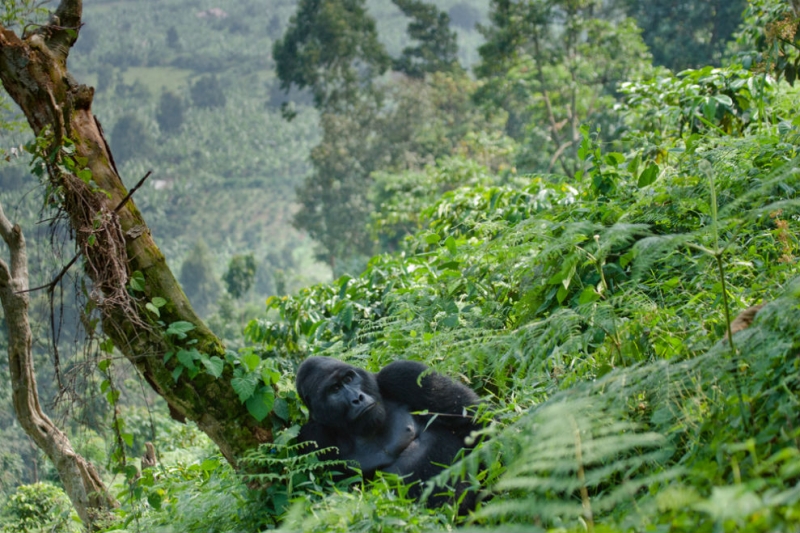
3. Bwindi Forest, Uganda
Bwindi Forest is a unique eco-system that is home to a variety of birds, reptiles, insects and mammals. The main inhabitants of this jungle are mountain gorillas, the closest relatives of humans. You can look at gorillas at close range (up to five meters) only during a trekking tour. To participate in the tour, it is advisable to have at least average physical fitness; You will have to walk a lot over rough terrain.
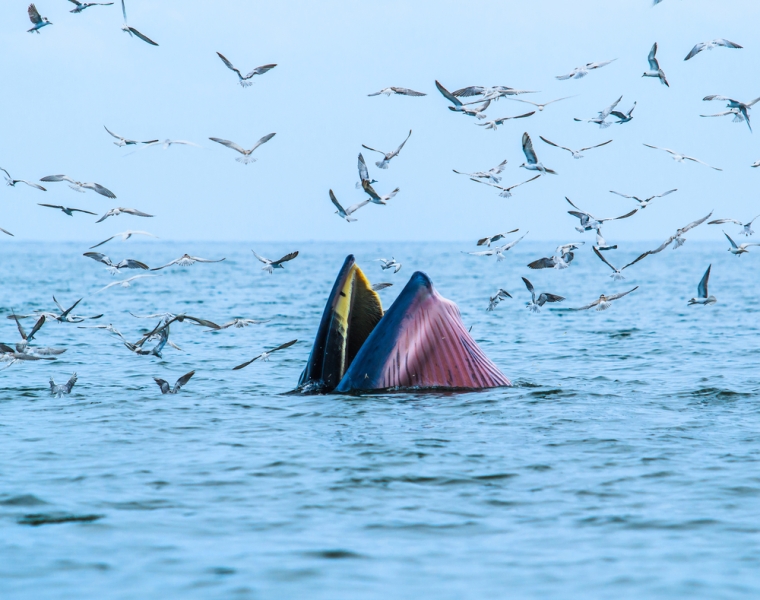
4. Azores, Portugal
More than 20 different species of cetaceans are found in the coastal waters of the Azores. While dolphins and bottlenose dolphins live here permanently, most of the whales swim to the Azores during migration. In spring and late winter you can see blue whales off the coast, and in summer you are almost certain to see a sei whale or sperm whale. Most of the companies organizing whale tours are located on the islands of Pico, Faial and Terceira.
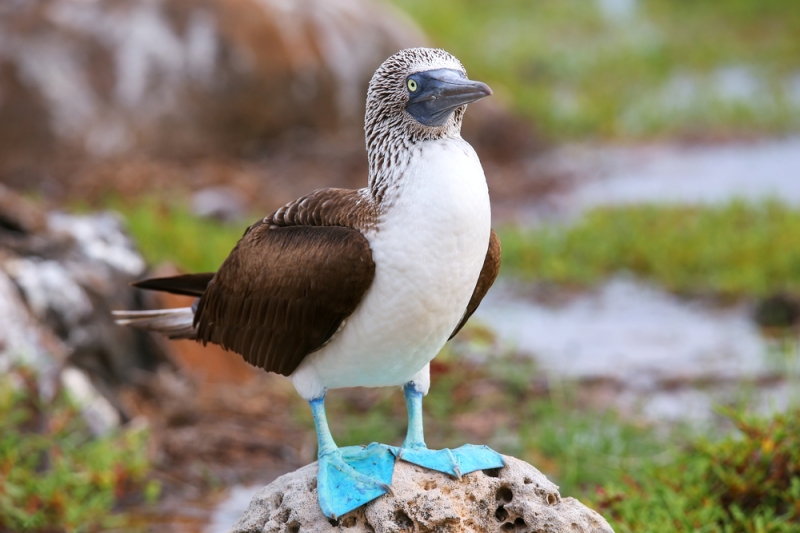
5. Galapagos Islands, Ecuador
The Galapagos Islands are primarily unique in that most of the animals living here are endemic, i.e. they are not found anywhere else in the world. It was the diverse and unique fauna of these islands that inspired Charles Darwin to write his famous work, On the Origin of Species. It is home to amazing marine iguanas, fur seals, blue-footed boobies, Galapagos penguins, and, of course, the giant elephant tortoise – the long-lived champion among mammals (average life expectancy is 150 years).
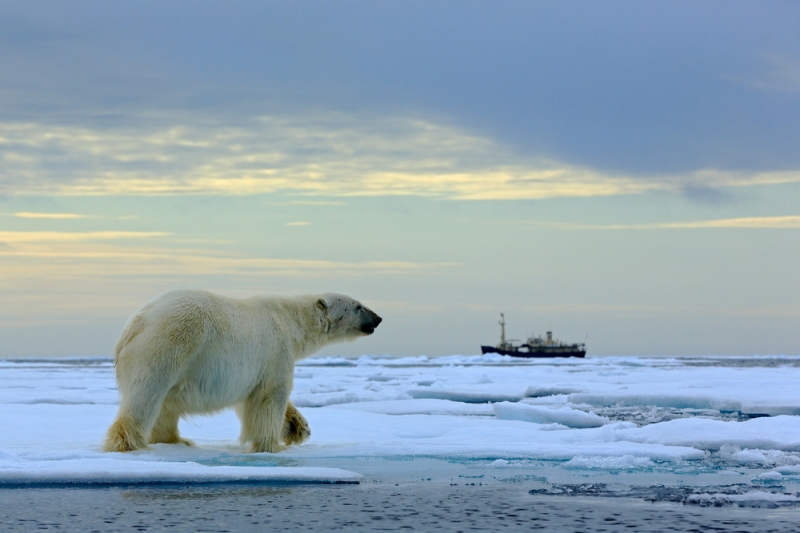
6. Spitsbergen, Norway
Spitsbergen (Svalbard in Norwegian) is an archipelago located in the Arctic Ocean and the northernmost part of Europe. Despite the remoteness from civilization and harsh conditions, tourism here is very well developed. The capital of the archipelago, the city of Longyearbyen is the main starting point for expeditions to the North Pole and less extreme tours along the coast or deep into the archipelago. Most of Svalbard is a huge reserve where you can meet Arctic foxes, seals, walruses and, of course, polar bears. Today the size of the bear population on Svalbard is about 3000, i.e. there are literally more of them here than there are people, so meeting at least one of them is practically guaranteed.
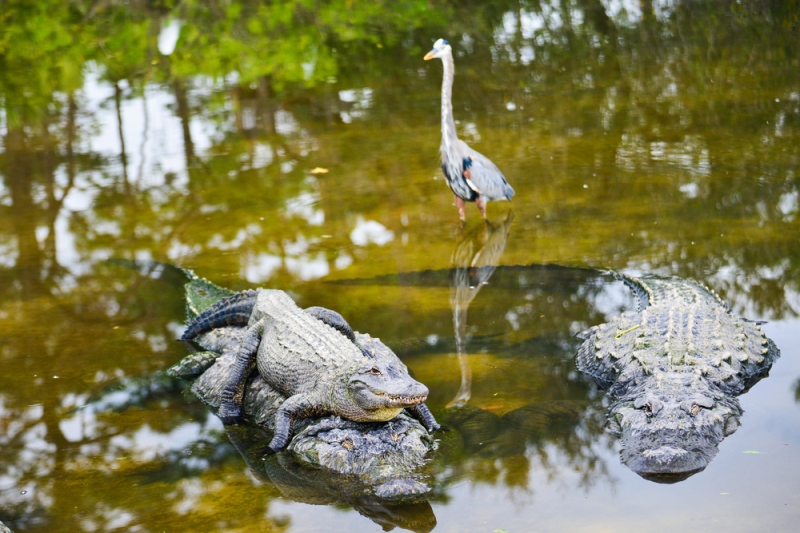
7. Everglades, USA
The Everglades Nature Reserve is located in a swampy area less than 100 kilometers from bustling Miami. Most of the park is an “absolutely wild nature area”, i.e. There are no buildings here and there is completely no economic activity. The reserve is equipped with convenient walking routes that allow you to observe a variety of birds and small mammals. The rivers, swamps and canals of the Everglades, which are literally teeming with crocodiles and alligators, offer special excursions on an airboat (a boat with a propeller).
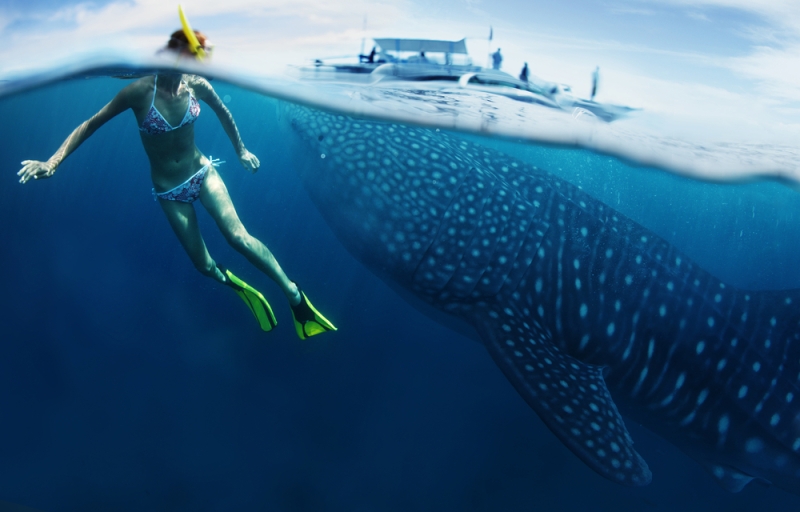
8. Isla Mujeres, Mexico
One of the best places to swim with whale sharks is the waters near Isla Mujeres in Mexico. The whale shark is the largest fish in the world, reaching 20 meters in length. They feed on plankton and are absolutely safe for humans, so you can get close to them and even touch them. The migration routes of the whale shark pass along the coast of Mexico from May to September.
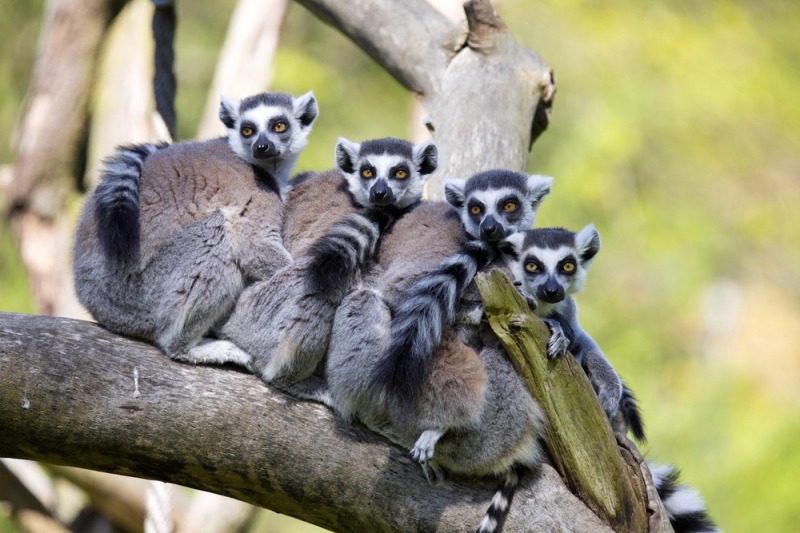
9. Madagascar
This African island is home to about a hundred different species of lemurs – animals found nowhere else in the world, from the 30-gram dwarf lemur to the 10-pound ring-tailed lemur. Keep in mind that some species of these cute animals can only be observed during a night tour (they sleep during the day). In addition to lemurs in Madagascar, you can see Madagascan chameleons, several species of turtles and lizards and a few predators of the island, fossas and civets.
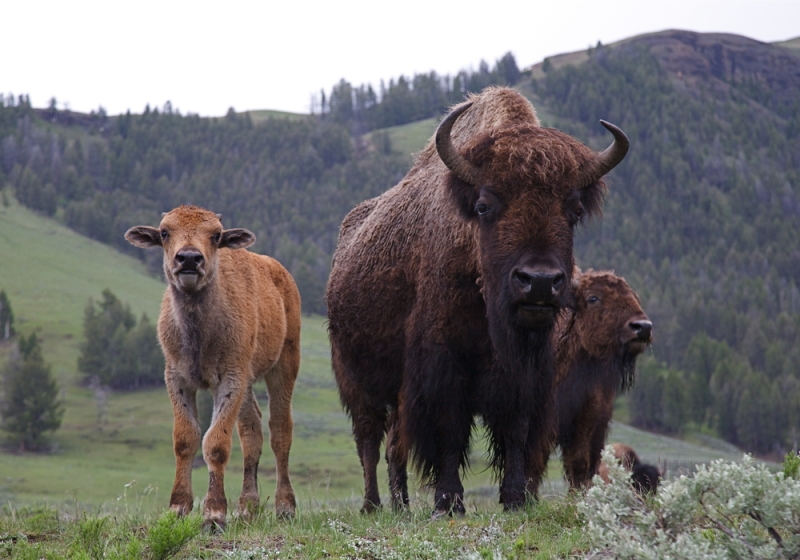
10. Yellowstone, USA
Yellowstone is the largest national park in America and one of the largest in the world. The fauna of Yellowstone Park is represented by predators (including large ones),
a variety of artiodactyls, rodents, birds and reptiles. And if it is absolutely impossible to see rare animals like a wolf, lynx or puma near hiking trails, then you are almost guaranteed to meet a herd of wild bison even during a short excursion. Also, coyotes have been seen more and more often here lately, sometimes even near tourist areas.

